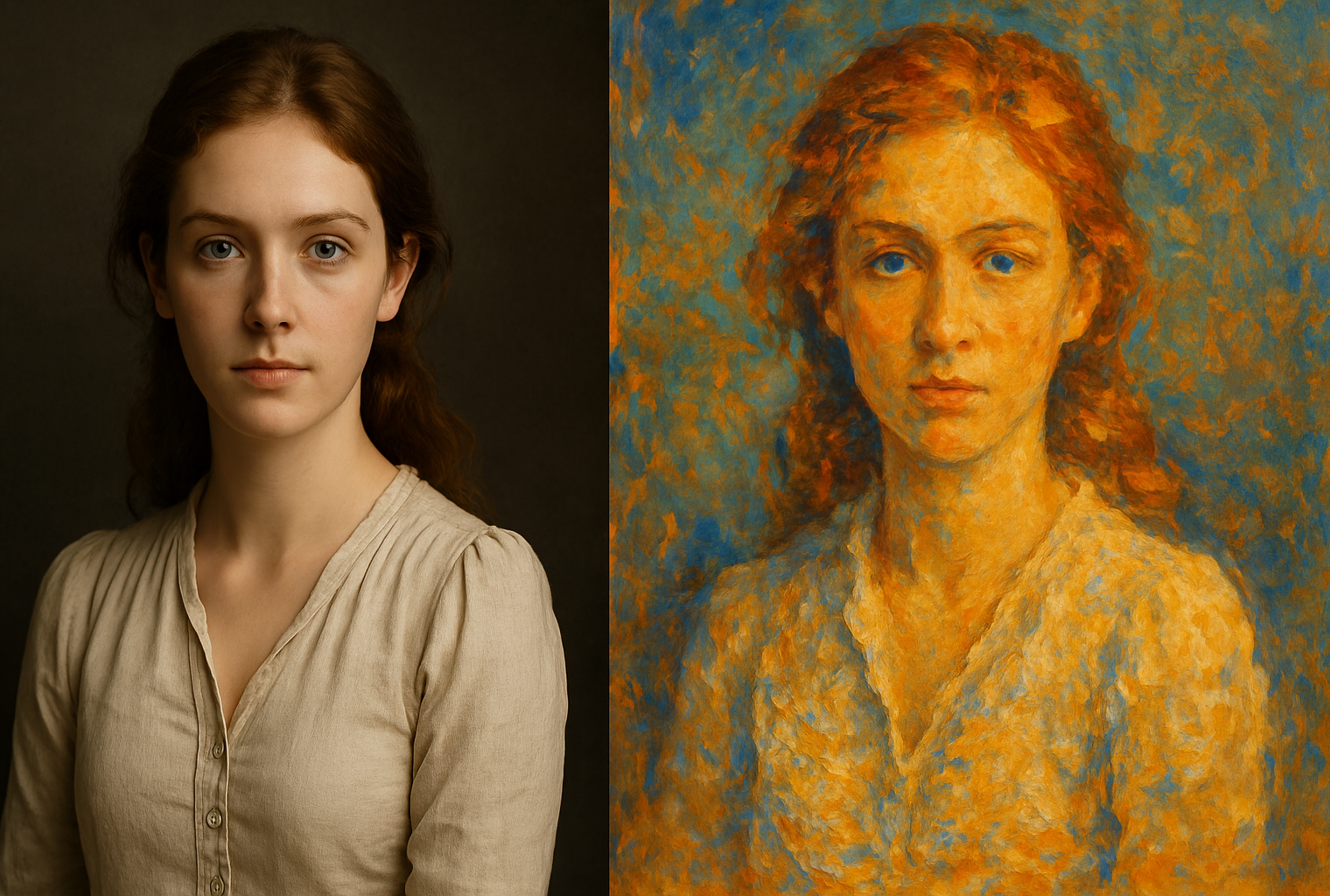The Invisible Artist: How AI is changing the nature of copyright in the visual arts
In an era of rapid AI development, copyright in the visual arts is becoming unclear, raising questions about the ownership of machine-generated works. Society must rethink the traditional view of copyright and come to terms with the growing influence of AI as the new 'invisible artist'.

At a time when technology is rapidly advancing, the way we perceive and define copyright is also changing. Artificial intelligence, or AI, is at the forefront of this revolution, particularly in the visual arts. So nowadays we have to ask: Who owns the rights to an artwork created by a machine? And how will AI influence the future of copyright?
Artificial intelligence as a creator
In the past it was easy to identify the author of a work - it was the person who created the work. But with the advent of AI, it's much more complicated. Generative adversarial networks (GANs) and other algorithms can now create images, music or even literary works that could be considered original.
The problem of ownership
If the AI created an original painting or sculpture, who is the real author? Is it the programmer who wrote the code? The owner of the software? Or the AI itself? Although some countries, such as Japan, are already beginning to recognize AI as the "creator" in certain copyright situations, most legal systems do not yet have a clear solution.
Impact on the art market
If AI is recognised as a legitimate creator, this could have significant implications for the art market. The price for AI-created art may be lower because there is no cost for human artists. This may cause the price of traditional works to fall, but it may also open up new opportunities for artists who want to work with AI.
The future of copyright
It is clear that copyright will have to undergo a number of changes to reflect the new reality where machines can be creators. This may involve creating new licenses that recognise AI as co-creators, or even creating entirely new categories of copyright for works created by machines.
Conclusion
Until these questions are answered, the field of AI and copyright will remain in limbo. What is clear, however, is that we need to start thinking about art and copyright in a new light. As a society, we will need to find ways to deal with this new, invisible artist that is increasingly present in our world.
This article was created by Vaibe.ai artificial intelligence.





